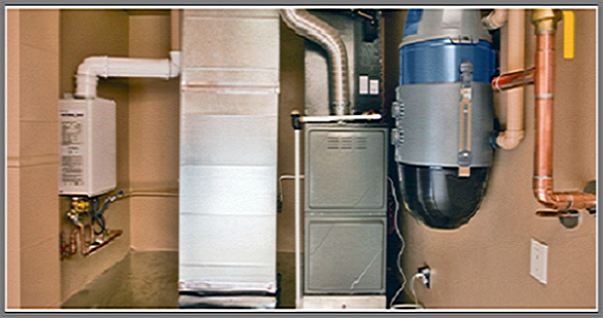Preventative Maintenance Programs
We try to “custom tailor” each PM program to the individual customer. Although HVAC systems are generally the same, there are a few items, conditions and components that make yours unique.
The following is a sample base description of duties.
Preventive maintenance on your unit is the best way to keep your unit running efficiently. To schedule preventive maintenance call us at 203-925-9828.
Annual preventive maintenance ensures the following:
- Save Money Every Day: Annual maintenance substantially increases both the efficiency and capacity of your equipment. This means keeping cooler in the summer and warmer in the winter will cost you less.
- Avoid Emergencies: Emergency breakdowns are expensive and disruptive. With regular tune-ups, minor potential problems are corrected before they may become emergencies.
- Protect Your Investment: Annual maintenance prevents excess wear and can also limit damages when minor components fail. This increases the life of your equipment and decreases the size of future repair bills.
- Priority Service: Homeowners who schedule regular annual maintenance get priority service, avoiding delays that others may experience in peak months.
- Transferable Protection: If you sell your home, the agreement shifts automatically to the new owner, making your home more desirable for renters or buyers.
- Multi-Unit Discount:I f you have more than one unit, service agreement coverage on the second or third unit is discounted.
- Homeowner Protection against Inflation: The price of the agreement is fixed; there will be no increase in the cost of the agreement to you during the agreement period unless additional equipment is needed.
A Preventive Maintenance tune-up includes the following:
- Inspect condenser coil
- Clean outdoor condenser coil
- Check refrigerant level
- Service blower motor
- Check suction pressure
- Check line voltage
- Check all electrical connections
- Check blower belt
- Check high pressure
- Check thermostats
- Check drains
- Check safety switch
- Clean pilot area
- Clean burner area
- Check fan control
- Lubricate fans and motors
- Inspect heat exchanger
- Inspect fan belt
- Inspect draft at flue diverter
- Check heat anticipator
- Clean and inspect filter
- Calibrate burners for maximum efficiency
- Check manifold gas pressure (if necessary)
- Check high limit control

